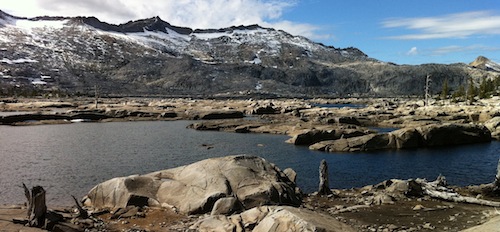A recent thread on Mountain Project caught my interest, when someone asked why US guidebooks give the length of rappels in feet but ropes are sold in metres. At the time of writing the thread has just reached seven pages of debate on the merits of U.S. customary units vs. the SI units. While the thread title mentioned “imperial units”, it’s worth noting that the imperial units are actually different from the U.S. units. This is why the British pint of 20 fluid ounces is larger than the American pint of 16 fluid ounces. (Of note, those fluid ounces also differ by about 4%.) Just to kick a little more sand at the U.S. system, I’ll mention the odd bit of trivia that the international foot and the U.S. survey foot are also very slightly different. (Only some U.S. states use the survey foot.)
But I digress… the argument online rather quickly diverted into a debate about the merits of decimalization, with at least one poster very much attached to inches divided into halves, quarters, and eighths. While decimalization is not strictly the same as metrication (or “going metric”), it certainly is strongly associated with it! It occurred to me that a few other concepts also come along with metrication, which is what this post is about. I suspect many non-metric folk are largely unaware of these side benefits, so this post is for them. Continue reading

